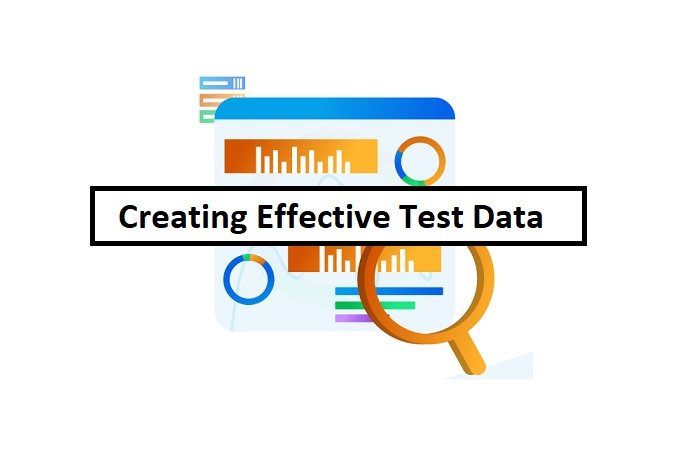Good testing requires reliable test data. Luckily, several best practices can help you create a quality dataset consistently. In this article, you’ll discover the fundamentals of creating high-quality dummy data for testing and improving its quality, and introduce tools for generating both general and specialized test data.
The Challenge of Producing Reliable Test Data
Generating test data might seem straightforward, but it’s often a complex task. The intricacies of business requirements, the need to cover edge cases, data generation costs, and adherence to privacy and regulatory standards make it a challenging endeavor. For unit tests, it’s crucial to test a range of scenarios, including extreme values, to identify potential issues like overflows or inefficient algorithms.
In machine learning (ML) applications, such as neural networks used in forecasting or image/video processing, the demand for extensive and specific test data is even higher. Synthetic test data can be a solution, but it requires careful crafting to yield trustworthy results. Additionally, compliance with regulations becomes critical, especially when dealing with personal data or testing in highly regulated sectors.
Effective Test Data Management Strategies
Managing test data involves more than its creation. Key aspects include:
- Dynamic Generation During Testing: Generating test data as part of the test execution process, ensuring it meets requirements and performs well in various testing scenarios.
- Sanity Checks: Implementing these checks can speed up the execution of extensive test suites.
- Anonymization: Essential when using real data or its augmented versions in tests.
- Localization: Crucial for applications with a global reach or diverse user base.
- Data Cleanup: Ensuring the secure and compliant disposal of used test data.
Synthetic test datasets are often an ideal solution, offering control over generation, quality, and usage environment.
Utilizing Synthetic Data
Synthetic data is created based on models that align with testing requirements. These models vary in their analytical value and the risk of disclosing sensitive information:
- Synthetic Structural Data: Preserves only the necessary format and domain, with no analytical value or disclosure risk.
- Synthetic Valid Data: Ensures data validity in terms of format, type, and contextual relevance.
- Synthetically Augmented Plausible Data: Mimics the univariate distribution of real production data, offering analytical value but with a disclosure risk.
- Synthetically Augmented Multivariate Plausible Data: Maintains attribute characteristics and domain relationships, requiring careful disclosure control.
- Synthetically Augmented Replica Data: Closely resembles real data, carrying a high disclosure risk and necessitating stringent security measures.
Generating Basic and Specialized Test Data with RNDGen
For basic test data, tools like Pydbgen, the Synthetic Data Vault (SDV), and RNDGen Random Data Generator are useful. RNDGen is a free, user-friendly tool that allows for the creation of mock data tables using an existing data model. It supports a variety of formats, including CSV, SQL, JSON, XML, and Excel. RNDGen stands out for its ease of use and ability to generate thousands of rows of fake data, tailored to specific needs.
RNDGen’s process involves setting up mock data fields, previewing and adjusting settings, and then downloading the generated data file. It offers flexibility in field customization, file format selection, and data download options, making it an excellent choice for generating dummy data for a wide range of applications.
Conclusion
Establishing a robust test data management process is crucial for effective testing in different fields, including the realm of SEO. Selecting appropriate tools, ensuring regulatory compliance, managing performance, and setting up the right infrastructure is key to generating quality test datasets. The practices and tools discussed here aim to aid in these tasks, enhancing the overall testing process.
